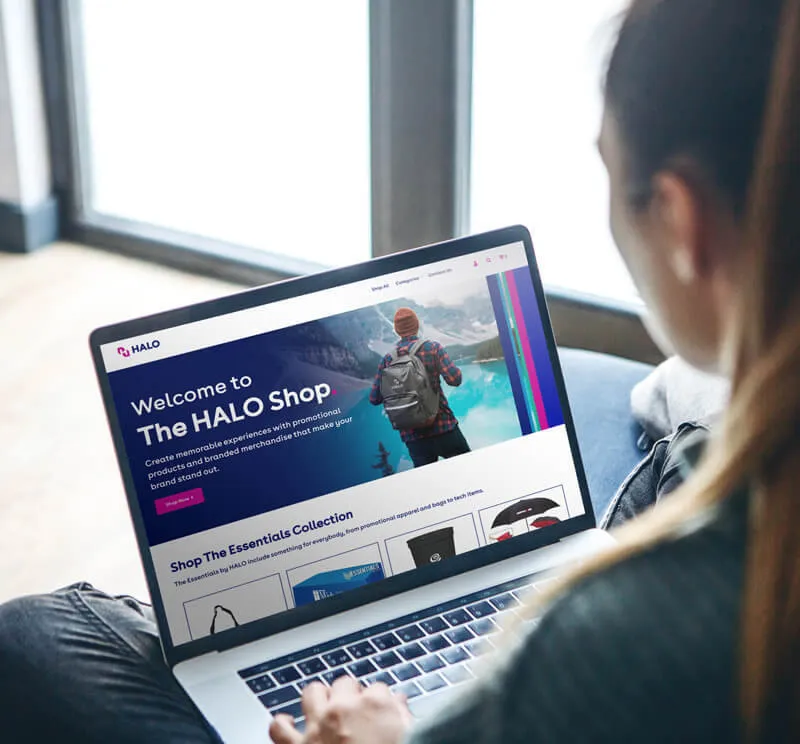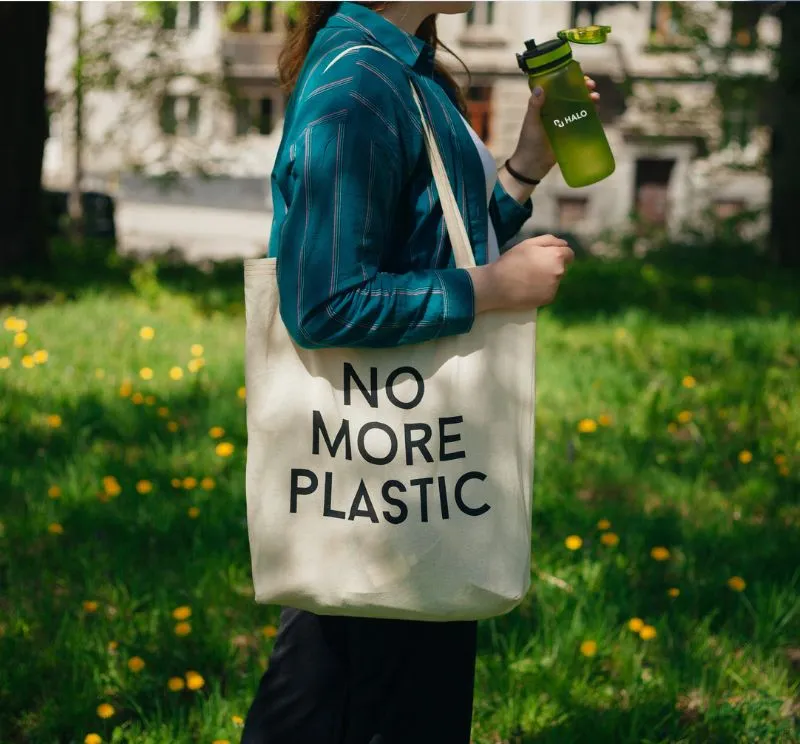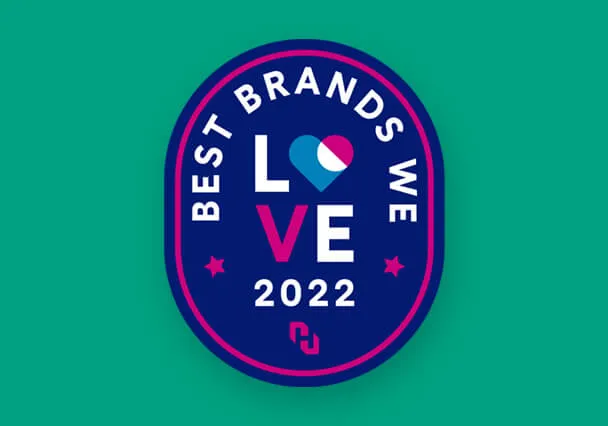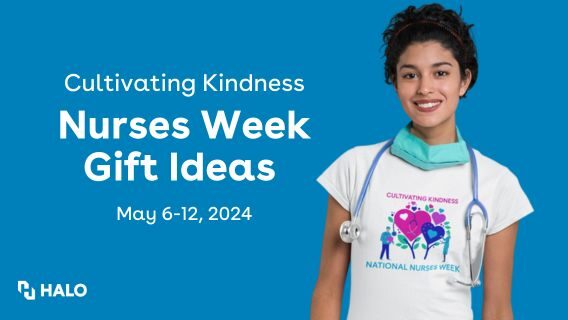Summary
Companies large and small are focusing on increasing employee engagement because it’s proven that an engaged workforce drives better business results.
Companies large and small are focusing on increasing employee engagement because it’s proven that an engaged workforce drives better business results. In my opinion the simplest way to think of engagement is an employee’s commitment to the Company, its purpose and its customers. Engagement is not a program. It’s not an HR initiative and it’s not a “trend,” either. It’s a constant journey, not a destination.
At the very top of the list of influential engagement factors is recognition. Employees who feel valued and appreciated are more productive, more likely to deliver exceptional customer service and have a deeper level of commitment to the organization. It sounds like an easy area to focus on, doesn’t it? If only everyone would just say “thank you” more often, if only leaders would genuinely convey their appreciation, if only it were easy to give rewards, if only…There’s actually a lot more to having a culture of recognition, especially with millennials becoming the dominant generation in the workplace.
I could talk about this for days. However on Thursday, I spent the day listening.
A group of us attended the Employee Engagement Awards Conference in Chicago, where several leading companies and experts (including from Harvard Business School) unleashed new research, compelling case studies, and proven strategies to increase workforce engagement. Big brands such as Caesars Entertainment, Delta, Cisco, N2Publishing and Tata Consulting (a global IT consulting giant with nearly 400,000 employees) shared how they are taking engagement even further by looking at employee behaviors, workspace design, wellbeing, corporate social responsibility, and of course, recognition & rewards—not only to retain their talent, but also to help people flourish.
It was powerful to be among hundreds of talented, like-minded professionals who validated what I preach every day: Employee Experience drives Customer Experience. You can’t optimize the experience for your customers if the people delivering those experiences aren’t engaged themselves. It may be a simple concept in theory, but with national employee engagement hovering at 32% for the past several years,* there’s clearly a disconnect.
Having been in this field for a long time, I have seen first-hand that there’s no one-size-fits-all approach. But there are effective best practices that can translate into tangible results. You just need to focus on them. Some of what was discussed at the Conference that resonated with me:
- Training leaders about the importance of recognizing and rewarding team members, and giving them the tools to be successful (during his closing keynote, Kevin Sheridan confirmed that recognition is one of the most influential factors of engagement)
- Designing more productive workspaces for better collaboration which is an innate human desire
- Facilitating wellbeing programs beyond “wellness” that focus on helping employees be their best and find purpose, in and outside of work
- Understanding employee behaviors and mindset about safety, belonging and deriving meaning from work (Christine Comaford, you’re amazing)
- Having leaders who really listen and act on employee feedback
Let’s Make this Real
For the past year, our team has been laser-focused on driving engagement. At Brighton Health Plan Solutions we have 250 team members working tirelessly to transform how health care is accessed and delivered in the Northeast. We’re currently building new products unlike anything in the marketplace today which is both incredibly exciting and also daunting for just about every one of our team members. The transformation that we’re undergoing is requiring everyone to get out of their comfort zone, think differently, push their limits and frankly work harder, faster. It’s not easy.
When we looked at last year’s Workforce Engagement Survey results, we had many areas that needed significant improvement—from communications, to leadership, to learning & development, and recognition & rewards. We scored particularly low in recognition and it became something the Company was committed to investing in. The thing is, when you push people to go above and beyond, companies also need to go above and beyond to show appreciation. It’s a two-way street. So, improving our approach to recognition & rewards was a natural place for us to start.
Building a Culture of Recognition with BRIGHTONRewards
After months of research and planning based on employee feedback, we launched BRIGHTONRewards, a multi-dimensional recognition program that has produced successful results for us. The program zoned in on a few key areas:
- Creating a “one-stop-shop” consistent program for all employee recognition. This includes recognition & rewards for living our values and behaviors; service anniversaries; birthdays; special team project rewards, and so on. We discontinued our “one-off” programs and stopped mailing home gift catalogs for service awards. Instead, employees now receive points to redeem for a variety of gift cards of their choice. They can bank the points or redeem immediately. Because we asked our employees in advance if they wanted these kinds of rewards, it has been a hit. (Hint: always ask for employee input or things like this could be seen as a takeaway which can tank engagement).
- Peer-to-peer recognition: It’s meaningful when employees are empowered to recognize each other. Our program encourages team members to send recognition to one another for real-time encouragement and appreciation. In three months, hundreds of recognition e-cards have been sent. We saw this feature skyrocket on Employee Appreciation Day and during Nurses Week when we created special e-cards and communicated the benefits of recognizing co-workers. This cost us nothing. Win-win.
- The human touch and public acknowledgement: Each reward is accompanied by a hand-written note card so we don’t lose the human touch. Leaders received a toolkit with different note cards for various recognitions. When I walk around the office, I often see these cards hanging up in employee workspaces. Leaders take it a step further and showcase who was recognized, and why, during team meetings. Also, the Company highlights reward recipients in our monthly all-team newsletter which is one of the highest clicked news items each month. People love seeing their name on the list, and it also helps us raise the bar across the Company.
Results Speak Volumes
BRIGHTONRewards has reinforced the data and countless examples of how focused efforts can impact engagement. Even more validating than our recognition numbers (we now have approx. 20 people per month receiving rewards, compared with one a month before the program launched), our 2017 Engagement Survey results showed significant increases:
- Overall employee engagement in “recognition & rewards” jumped 13%
- We had a 17% increase in employees reporting they receive rewards they value when they exceed expectations
- There was a 9% increase in employees saying they are being praised when they go above and beyond
And, at the Engagement Awards Conference we proudly received the “Highly Commended” honor for Best Recognition & Rewards program. I’ll be honest, we were thrilled just to be nominated as a finalist alongside Caesars Entertainment. Caesars won (deservedly so) for its program that resulted in 750,000 employee recognitions which ultimately helped to drive sales up by millions. Congratulations to Terry Byrnes, Caesars’ VP of Total Service, who presented an inspiring case study about not only the value of recognition, but how meaningful it can be when executed properly.
Recognition Must be Part of the Culture
We’ve only just begun. This program can’t be a “flavor of the month.” Already, enhancements are underway to make recognition even easier for our leaders. And, after this Conference, we are going to be looking at creating new targeted rewards programs tied to sales and service outcomes.
Shout out to our recognition technology partner, Michael C. Fina Recognition, and our terrific team at Brighton Health Plan Solutions for making this happen. Kudos to Julie Bank, Michael Franklin, Jen Chien and our partners in IT and Marketing, and of course our leaders, for their support. It’s been fulfilling to see this program take off and I know we’ll have an even better story to share next year. Finally, congrats to Matt Manners on a wildly successful Conference and Awards event! We were honored to be part of it.
*Gallup 2015
This article originally appeared on LinkedIn and can be found here














